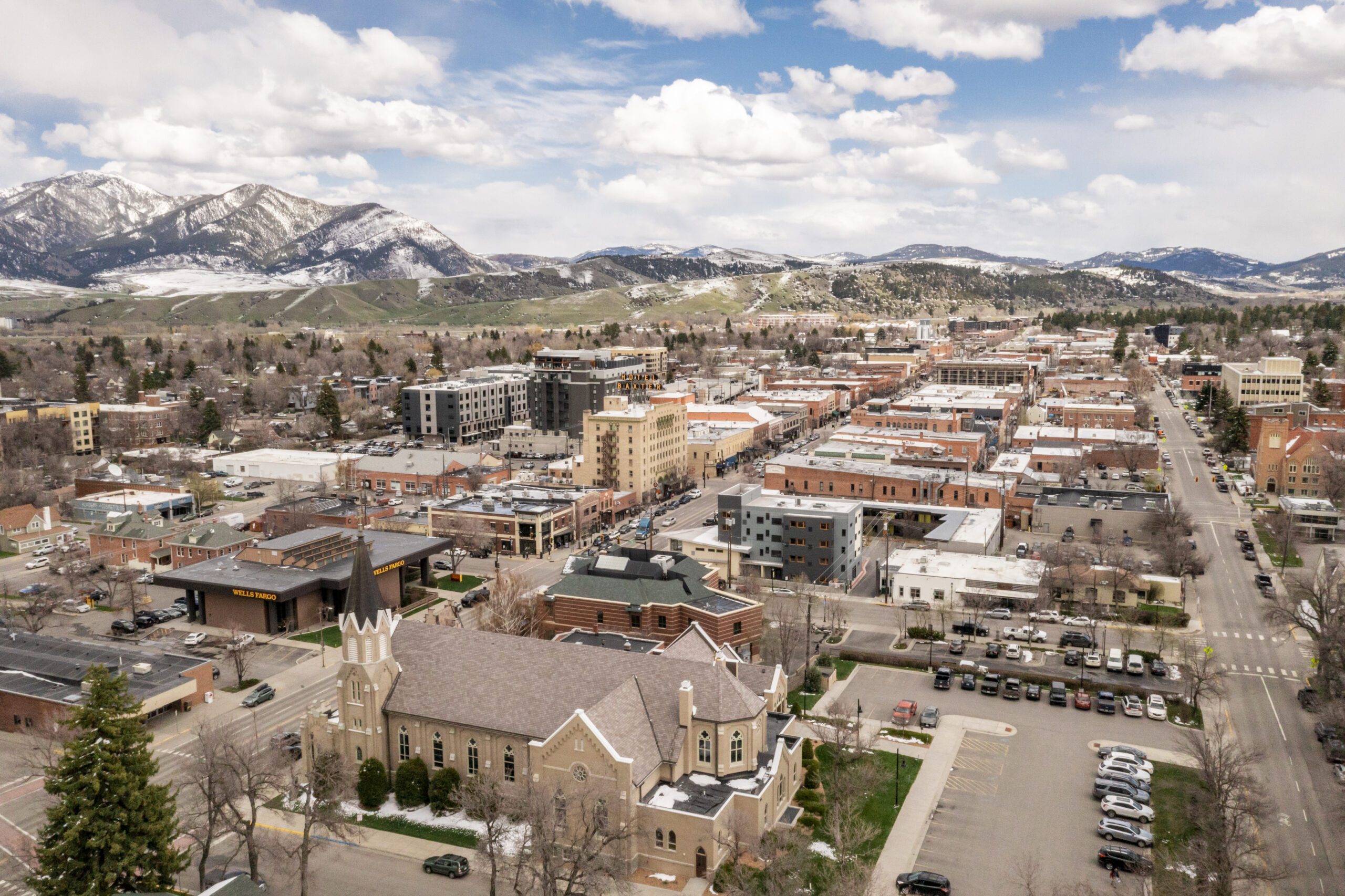By Maren Dunn, D.O. ExploreBigSky.com Health Writer
Why exactly does higher altitude affect a person? Does it take someone who is older than 60 longer to adjust to altitude? How long does it take for most people to adjust?
– Patty in Big Sky
Essentially, higher altitude means lower oxygen availability and lower atmospheric pressure, which causes changes in the oxygen levels in the blood stream. At sea level, the air you breathe is 21 percent oxygen. This air is under enough atmospheric pressure to adequately saturate your red blood cells with oxygen.
In the Big Sky Meadow, at 6,500 feet, the oxygen level drops by 15 percent, and the atmospheric pressure drops by 99 mmHg (mmHG is a ‘unit of mercury’, which is a way of measuring pressure). At the top of Lone Mountain, where the elevation is higher than 11,000 feet, the availability of oxygen decreases by 25 percent and the atmospheric pressure by 210 mmHg.
Your red blood cells carry oxygen to your tissues. With increased altitude, the percent of oxygen saturation within the blood cells changes. The blood cells contain hemoglobin, which binds oxygen. Within minutes of elevation gain, the body begins producing more red blood cells to help balance oxygen loss and increase saturation.
It is believed the body can raise red blood cell mass to sufficiently adapt a healthy person to altitude changes in 10 – 14 days. This adaptation, also called acclimatization, can take weeks, and is likely only able to balance the body up to 13,000 feet.
Acclimatization includes a complex array of physiologic changes within multiple body systems. The ability to acclimatize varies from person to person and depends on many factors including rate of ascent and altitude reached, genetics, medical conditions, medications taken, alcohol consumption and temperature.
While there is no reliable way to predict how well or fast a person will acclimatize, it’s best to ascend slowly, hydrate, abstain from alcohol and discuss medications with a doctor before going.
High Points
There are three regions of elevation defined in mountain medicine: high (4900 – 11,500 feet), very high (11,500 – 18,000 feet) and extreme (above 18,000 feet). These regions are used when describing the amount of oxygen available for human use and the amount of atmospheric pressure placed on the body as it goes up in elevation.
Mount McKinley, AK – 20,320 feet, highest in the U.S.
Mount Rainer, WA – 14,417 feet
Mount Whitney, CA – 14,505 feet, highest in Lower 48
Mount Baker, WA – 10,786
Mount Hood, OR – 11,249 feet, highest in OR
Grand Teton, WY 13,775 feet
Mount Borah, ID – 12,668 feet, highest in ID
Pikes Peak, CO 14,115 feet
Lone Mountain, MT – 11,166 feet
Granite Peak, MT – 12,807 feet, highest peak in MT













